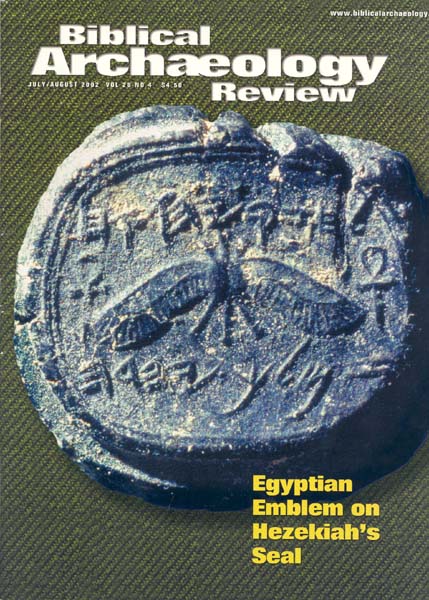Image Details

Robert Deutsch
ON THE COVER: A newly revealed clay seal impression (called a bulla) bears an Egyptian-style winged solar disk flanked by two ankhs (an Egyptian symbol of life). This is no Egyptian artifact, however; the ancient Hebrew script on the bulla identifies the owner of the seal as King Hezekiah of Judah (727–697 B.C.E.). Hezekiah, who is greatly praised in the Bible for expunging foreign practices from the Judahite religion, also had at least two other seals that displayed a two-winged scarab, another common Egyptian symbol. Why would a king who rejected foreign religious influence adopt such symbols for his royal emblems? According to author Robert Deutsch, Egypt’s powerful cultural influence on ancient Israel and Judah makes Hezekiah’s appropriation of Egyptian symbols less incongruous than it seems. (See “Lasting Impressions: New Bullae Reveal Egyptian-Style Emblems on Judah’s Royal Seals.”)
